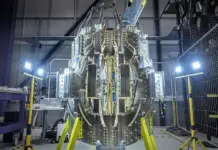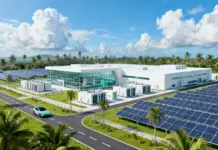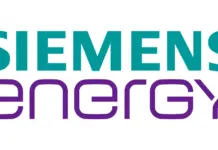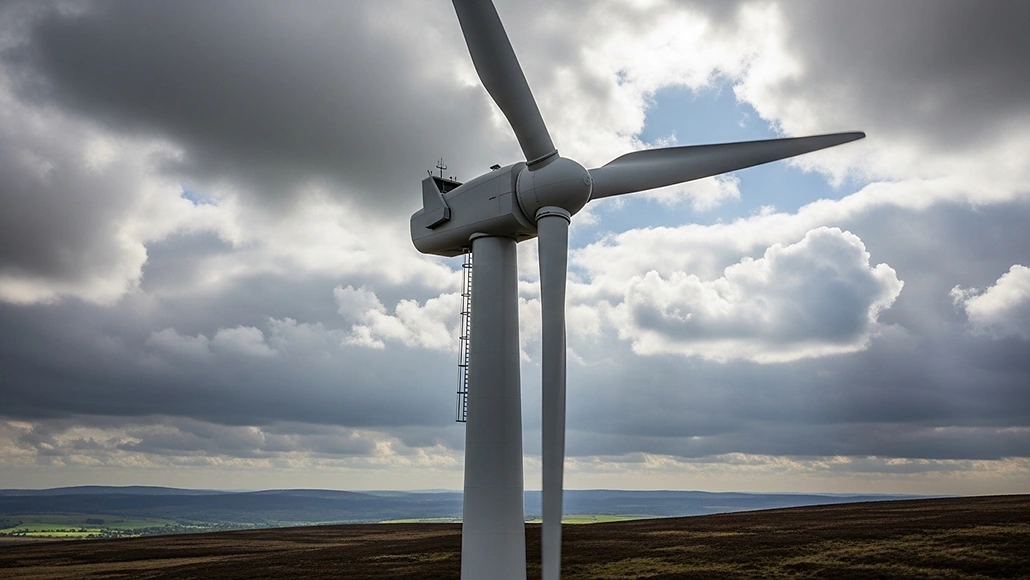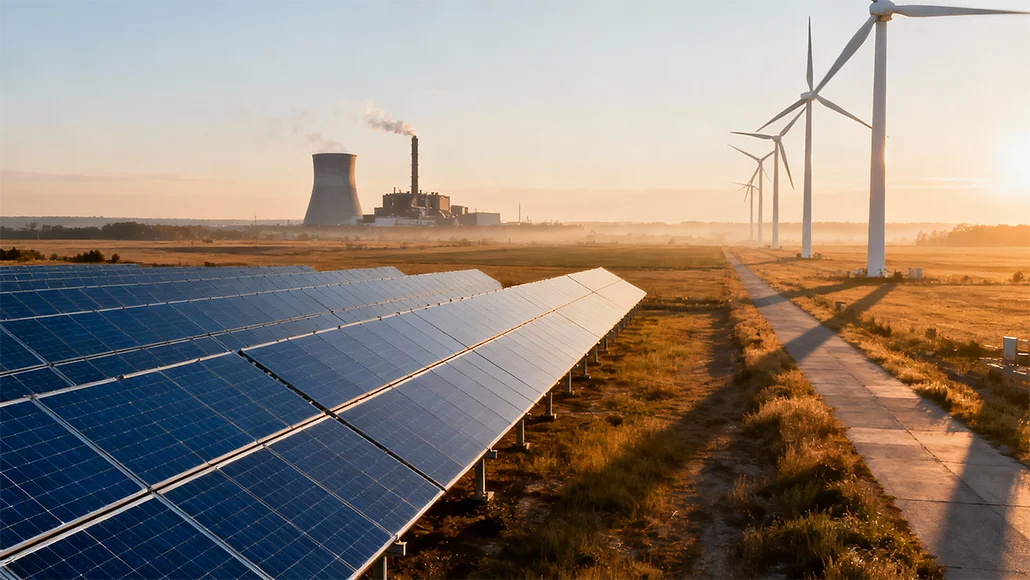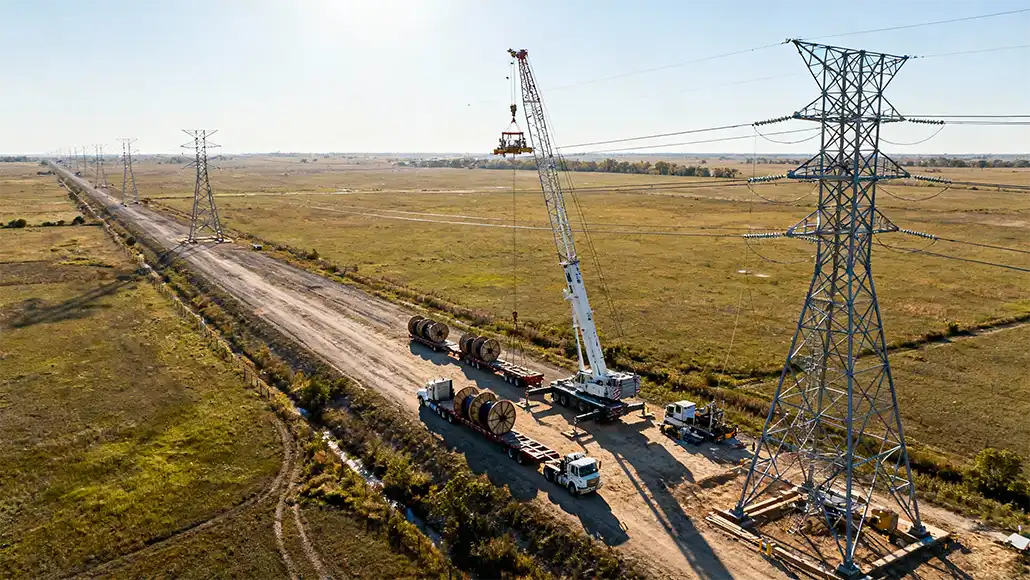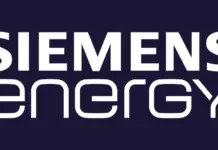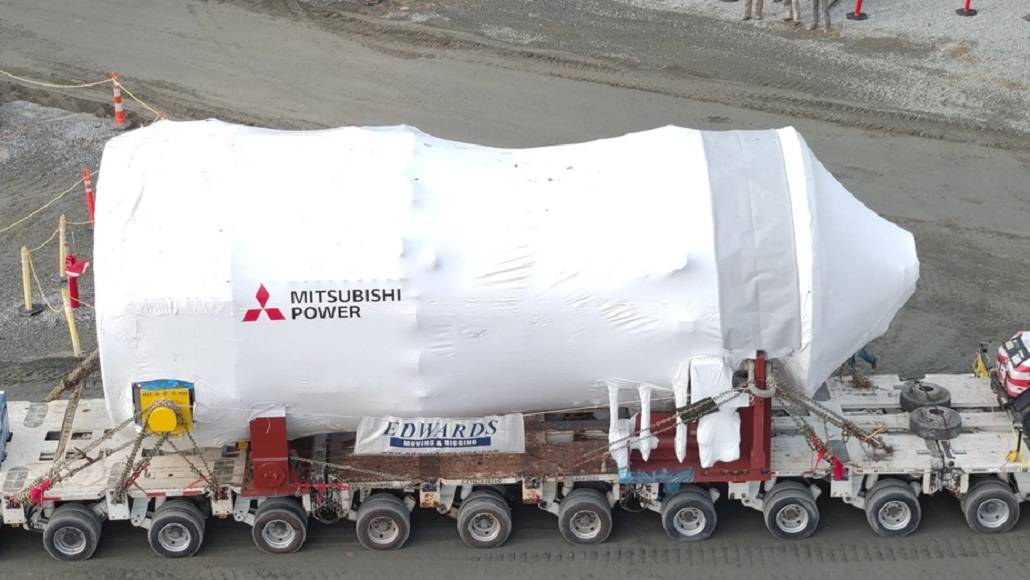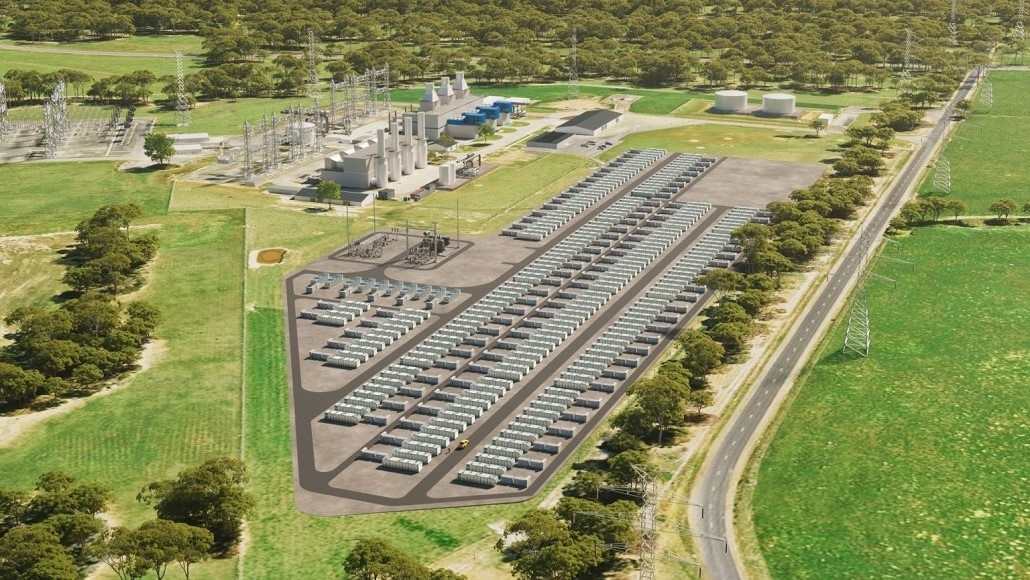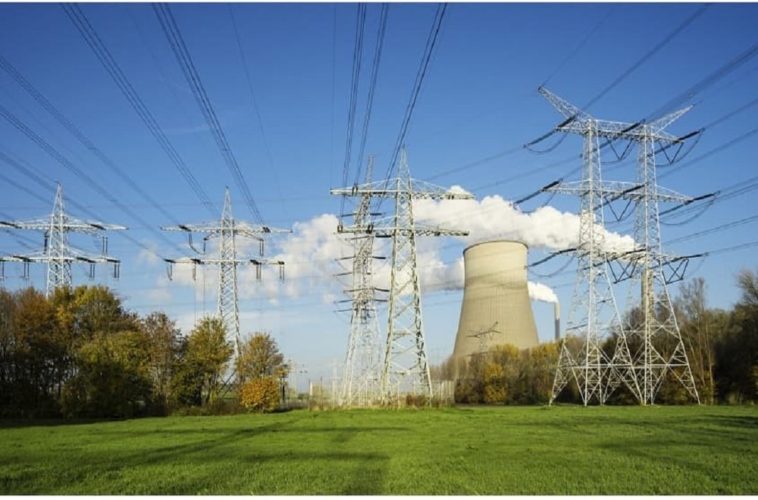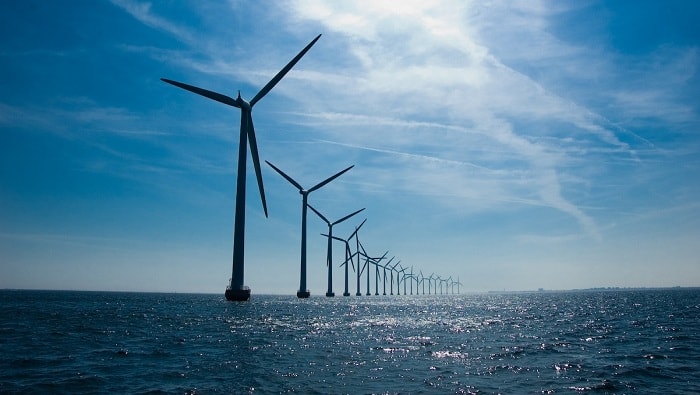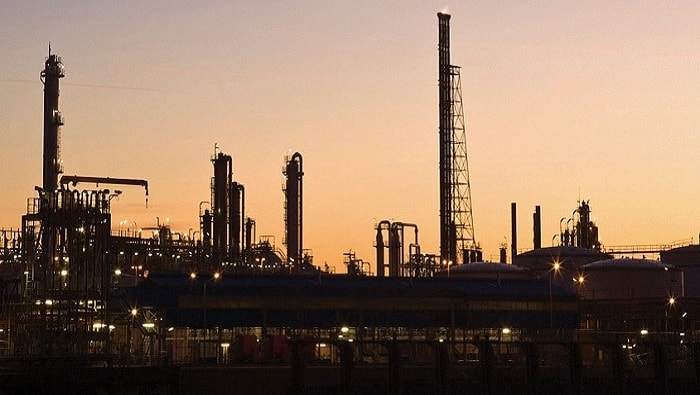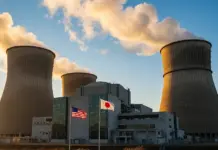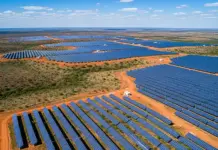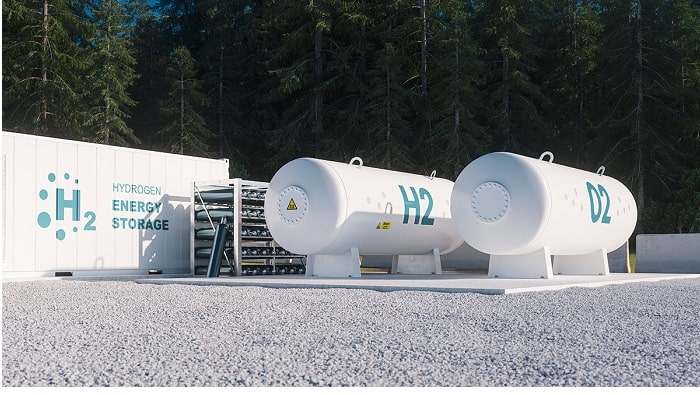Power companies across the US, such as oil major Chevron, are getting a massive hydrogen battery ready in the state of Utah. Two large salt caverns happen to be emptied with their salt dissolved through water, post which they will get filled with hydrogen gas.
The battery is going to work like this: excess renewable energy, generated across the country’s autumn as well as winter seasons, will be made use of so as to create hydrogen, which will then get stored in the caverns. When demand is going to be high and renewable capacity cannot meet the need, i.e., in the summer, the hydrogen will get burned along with a small amount of natural gas in order to produce electricity, thereby bridging the gap.
It is well to be noted that the project happens to be a massive $2 billion investment in an attempt to develop hydrogen on a scale that has not been witnessed thus far. It will make use of 40 large electrolyzers, each weighing around 100 tons and approximately the size of a shipping container, to split water by way of electrolysis. Construction is all set to be complete by 2025.
Once they are filled, the two hydrogen-filled caverns, which would be 3,000 to 4,000 feet beneath the surface but 1,200 feet high and 200 feet wide, will go on to hold more energy than all the chemical storage batteries put together across the US currently.
The head of the US Department of Energy’s loan program office, Jigar Shah, says that the project, which goes on to offer a phenomenal amount of storage, comes at the right time.
Apparently, there are a lot of fresh renewable energy projects that happen to be coming up in the US, which, if taken together, can very well develop more electricity than required during both the spring as well as autumn seasons. Shah adds that this is a great way to deal with all the supply that is in excess.
Notably, Shah’s office has also given a $504 million loan guarantee for the project, thereby believing that the scale of the project is going to serve as a catalyst so as to help bring down the cost of electrolyzers, therefore making green hydrogen less expensive. If someone does not go first, then they will never get to the reductions in cost in the future.
Questions are being asked about the cost and efficiency of making use of electricity in order to make hydrogen and then reusing it to again make electricity, but the spokesman from the Intermountain Power Agency, John Ward, who apparently happens to be involved in building the plant, stands by the plan, thereby calling it a paradigm shift.
He says that they are making hydrogen as an energy storage carrier as one needs to have more robust energy storage so as to have a dependable grid, and that is what this is all about.
In the years to come, such dispatchable energy as well as novel forms of storage can go on to play a critical role as the world goes ahead and shifts to sources of intermittent power generation. One positive fallout remains, and that is since the electricity that is used to produce the gas would happen to be coming from renewable sources, the resultant hydrogen is going to qualify as green, regardless of the cost that is involved.
Significantly, hydrogen, when burned, goes on to produce water vapor and no carbon dioxide, thereby making it an ideal green fuel as well as a potential replacement in the case of petrol and diesel when it comes to transportation, electricity generation, as well as other hard-to-decarbonize sectors like cement and even steel.
Throughout the US, the government last year went on to award $7 billion to seven regional hubs that were proposed so as to spur the usage of gas across various industries.


